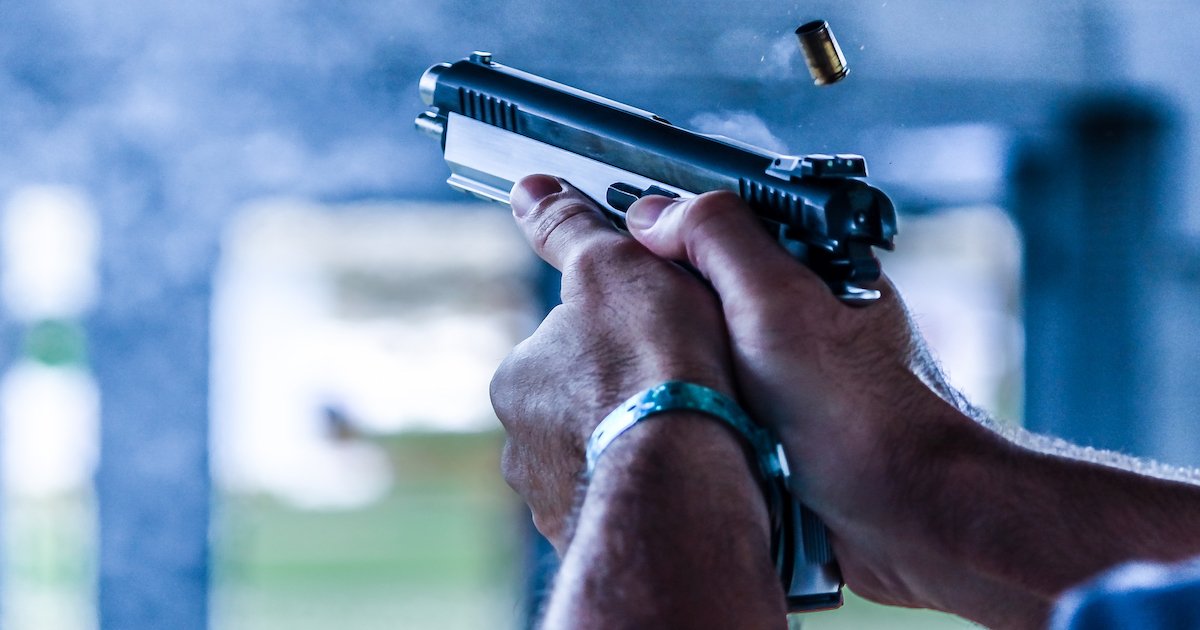With grand jury decisions electing not to indict Darren Wilson and Daniel Pantaleo for the deaths of two unarmed African American men, it’s now become imperative to examine the very system that employs and oversees police officers. The Nation gives a real solid examination of this broken system and the laughable concept of police policing themselves.
According to the Nation, the Federal Bureau of Investigation tallied 461 justifiable homicides last year, as ruled by the law enforcement agencies that voluntarily submitted those reports. That number constitutes a 20-year all time high. However, criminal homicide rates have continued to decrease in America. People are killing each other less, but cops are killing more people than ever before.
The federal precedent set forth by the Supreme Court dictating when a police officer can use deadly force against a perceived deadly suspect states that if a cop “has probable cause to believe that the suspect poses a significant threat of death or serious physical injury to the officer or others.” This ruling stems from Tennessee v. Garner, a 1985 case where a police officer shot and killed a 15-year-old unarmed black male who robbed a house. The standard set forth by the high court is called “objective reasonableness.”
There’s one gigantic problem with the standard, however. As the Nation noted, in what situation does “objective reasonableness” differ from a police officer’s knee-jerk reaction resulting from clouded judgement, and how can we tell the difference? Well, that’s the rub. Sometimes, high-tension situations facilitate knee-jerk reactions, but that’s when people get unnecessarily killed.
However, when people are unnecessarily killed by police, naturally and justifiably, relatives, friends, and entire communities want justice. Rarely does that ever happen, though. The Nation pointed out that legal experts have said that “there is built-in leeway for police, and the very breadth of this leeway is why criminal charges against police are so rare.”
As anyone can see in the recent newscasts, that leeway has not panned out well among the cops’ victims, their families, and the communities of these victims: Michael Brown, Eric Garner, and 12-year-old Tamir Rice. It seems as if American police officers, who are definitely aware of this leeway, have gotten a little too comfortable with it. And what’s become more apparent is that the American public has started to take notice of the System’s reluctance to punish these officers.
Oversight of the police is a weak process, as Internal Affairs, the group charged with investigation police behavior, has become less trusted over time.
“I stopped cooperating with the IAB ten years ago,” said former Staten Island DA Jason Leventhal. “IA will never ever credit the claim of police abuse. They hide witnesses, they push witnesses around. The only time I cooperate with them is when I know I have their hands tied behind their back.”
Official groups within the System have proven to be inept in certain, important instances, and so have civilian-assembled oversight groups. The New York Civilian Complaint Board can only slash vacation days, which any cop who received that as a punishment for breaking a teenagers teeth will laugh and walk away.
All in all, as The Nation reported, police oversight is a “sick joke.” Cops are unionized, and the process of getting a cop terminated for abuse or misconduct provides miles of red tape and a veritable pain in the ass. If society wants to see any bit of change, a loud voice from the outside has to influence the right person who can make the change from the inside.
To read The Nation article cited in this piece, click here.

